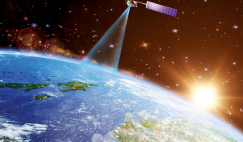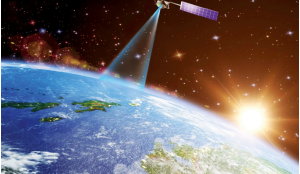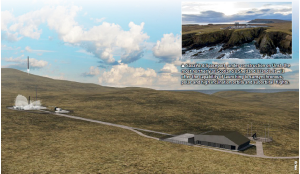The Cassini space probe’s remarkable two–decade journey to unmask the marvels of Saturn and its nearby moons ended this autumn, leaving scientists across the world with a wealth of data and images. Among the many who can also thank Cassini for helping to inspire and launch their personal scientific careers is Dr Leigh Fletcher who has been particularly interested in how this one-of-a-kind spacecraft has shaped and expanded our understanding of the ringed-planet’s mighty atmosphere.
Twenty years ago on 15 October 1997, a mighty streak of flame from a Titan/ Centaur rocket split the pre-dawn sky over Cape Canaveral, Florida. It was the beginning of an unprecedented journey of discovery, as the Cassini-Huygens spacecraft left the confines of Earth bound for the ringed giant, Saturn.
This sophisticated interplanetary explorer went into orbit around Saturn in July 2004, offering an exciting glimpse of a planetary environment over a billion kilometres from home. Its long list of discoveries – from the lakes and seas of Titan, to the geysers of Enceladus, to the delicacy and rejuvenation of the rings, and to the stormy, churning atmosphere of the gas giant – has cemented Cassini’s legacy as one of the most successful planetary missions of all time.
The joint NASA/ESA/ASI mission launched the careers of hundreds of scientists (myself included), and enthralled millions across the globe. On 15 September 2017 this grand old spacecraft finally met its fate, using the very last drops of fuel to crash into Saturn and, ultimately, to become a part of the planet itself.
Read more about the unique discoveries made by the Cassini space probe in the full version of the article, available now to our subscribers.














